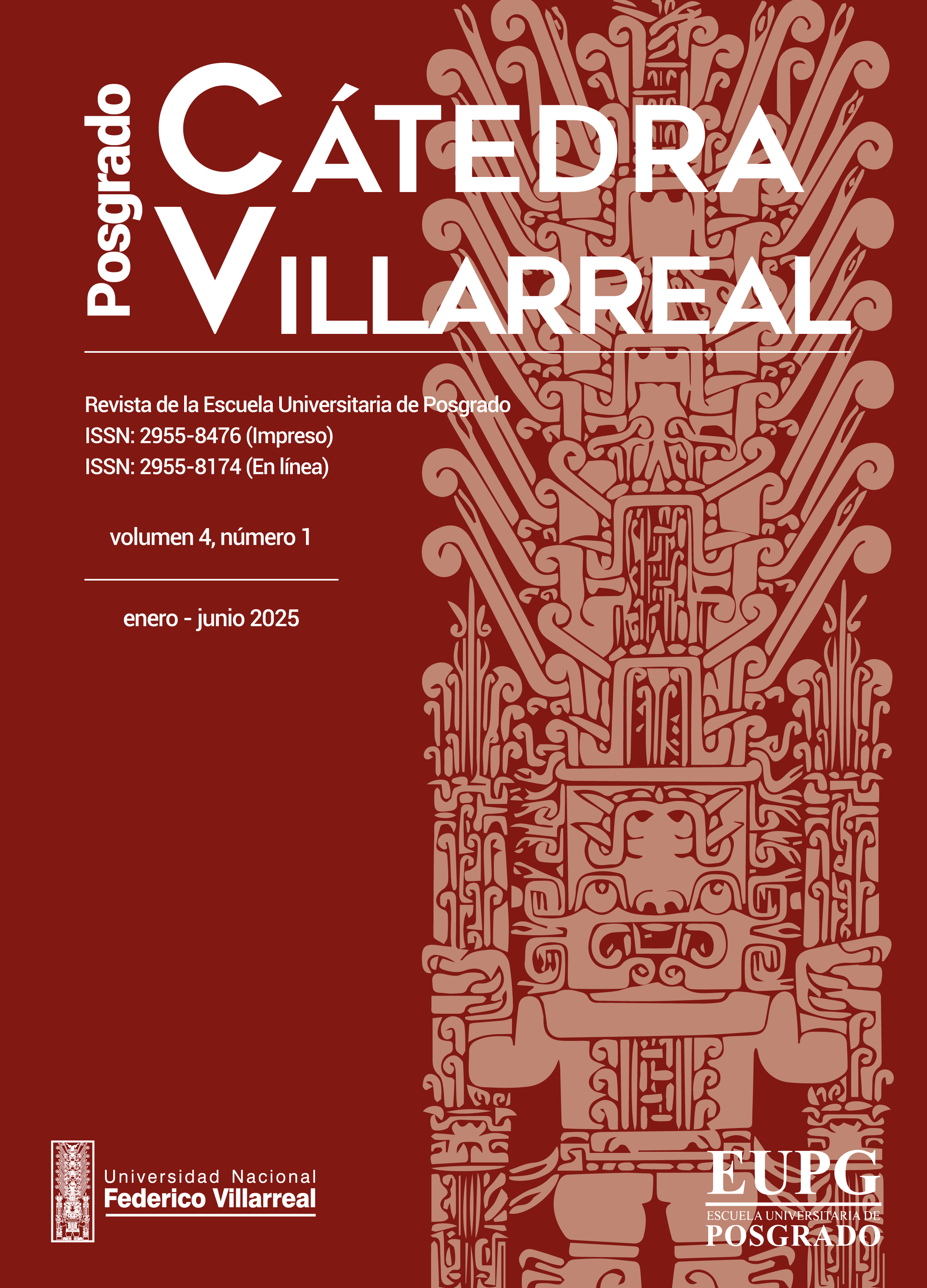Surface microhardness of a thermoplasticized light-cured composite resin at different temperatures: in vitro
DOI:
https://doi.org/10.62428/rcvp2025411988Keywords:
Composite resin, thermoplasticization, microhardness, photopolymerizationAbstract
The objective was to analyze the surface microhardness of a light-cured composite resin thermoplasticized at different temperatures in a high-altitude city. This was an in vitro experimental study using the nanofilled composite Filtek Z350XT (3M-ESPE), with a total of 40 specimens divided into 4 groups of 10 each. An AR Heater heating device was used. The device operated for 30 minutes to reach the planned temperatures of 40°C, 50°C, and 70°C; the resin syringe tube was placed in the device for 20 minutes to reach the programmed temperature. The syringe was then removed and the resin was immediately applied in a single increment into a custom-made mold. The samples were light-cured for 10 seconds using the Bluephase N lamp from Ivoclar-Vivadent, with a light intensity of 1200 mW/cm². It was found that Group 4 (70°C) showed statistically significant differences compared to Group 1, which was polymerized at room temperature (13°C), and also showed a significant difference compared to Group 2 (40°C). However, no significant difference was observed when compared to Group 3, which had been thermoplasticized at 50°C. The specimens thermoplasticized at 70°C (60.77 ± 5.65) exhibited significantly higher surface microhardness than those in Group 1 (53.09 ± 5.11) and Group 2 (53.62 ± 5.05), while no statistically significant difference was observed compared to Group 3 (55.76 ± 4.51).
Downloads
Published
How to Cite
Issue
Section
License
Copyright (c) 2025 Gilmer Solís Condor

This work is licensed under a Creative Commons Attribution-NonCommercial-ShareAlike 4.0 International License.
Eres libre de
- Compartir : copiar y redistribuir el material en cualquier medio o formato.
- Adaptar : remezclar, transformar y construir sobre el material.
El licenciante no puede revocar estas libertades siempre que cumpla con los términos de la licencia.
Bajo los siguientes términos:
- Atribución : debe dar el crédito apropiado , proporcionar un enlace a la licencia e indicar si se realizaron cambios . Puede hacerlo de cualquier manera razonable, pero no de ninguna manera que sugiera que el licenciante lo respalda a usted o su uso.
- No comercial : no puede utilizar el material con fines comerciales .
- CompartirIgual : si remezclas, transformas o construyes a partir del material, debes distribuir tus contribuciones bajo la misma licencia que el original.
- Sin restricciones adicionales : no puede aplicar términos legales ni medidas tecnológicas que restrinjan legalmente a otros hacer cualquier cosa que la licencia permita.
Avisos:
- No tiene que cumplir con la licencia para elementos del material que sean de dominio público o donde su uso esté permitido por una excepción o limitación aplicable.
- No se dan garantías. Es posible que la licencia no le otorgue todos los permisos necesarios para el uso previsto. Por ejemplo, otros derechos como publicidad, privacidad o derechos morales pueden limitar la forma en que utiliza el material.












